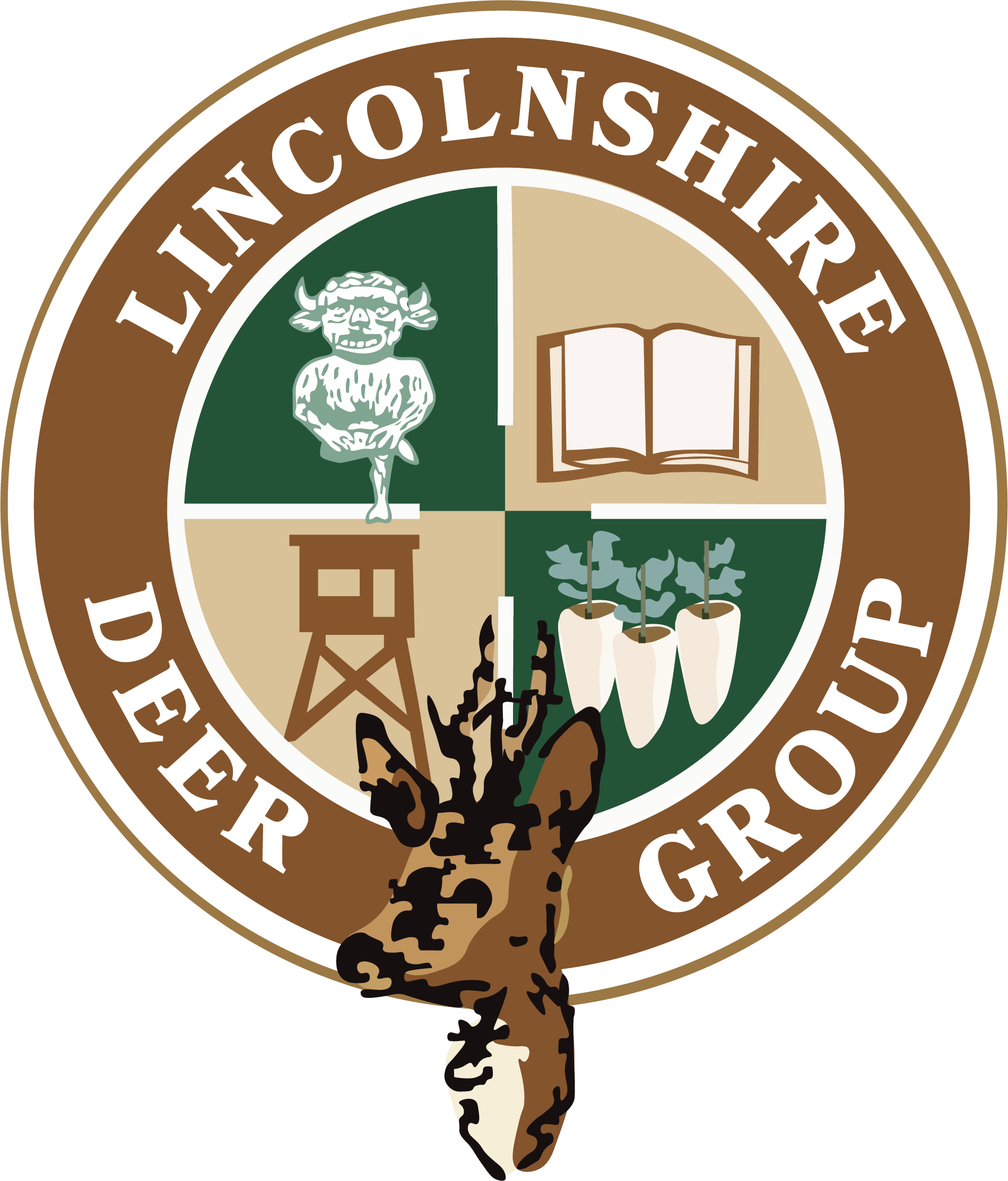Deer and Roads
Deer and Roads, Deer Injuries and Vehicle Collisions
The toll of deer involved annually in traffic collisions in the whole of the UK is estimated to lie between 42,000 and 74,000. Such deer related RTA’s result in several hundred human injuries and some human fatalities each year.
Lincolnshire Deer Group is working to raise the profile of this problem in the county because as the population of deer rises so will the incidents of traffic collisions. To better resolve these unfortunate incidents we provide 24/7 assistance to the Police and the RSPCA. We do this through a strong network of approved and trained members who provide a speedy and humane response throughout the whole of Lincolnshire.
The Forestry Commission is involved with a national project on this issue called Deer Aware; trying to build an overview on the incidents of deer collisions across the whole country. The aim is to assess the effectiveness of preventative measures like signs and fences and assist with mitigation. Find out more by visiting the national deer awareness website www.deeraware.com
If you need to report road traffic incidents involving deer that you see or incidents of dead deer on the highway please do not contact us, you should contact Lincolnshire Police or RSPCA. Call 101 unless the deer is on the carriage way or in a dangerous position then you should call 999.
If you hit a deer while driving then you should prioritise keeping yourself and anyone with you safe. Park your car in the nearest safe place and put on your hazard warning lights, positioned to warn other road users if it is safe to do so. Call 999 for an ambulance if anyone is injured and the Police.
If the deer is alive and still visible at the roadside, then it is best not to approach it as it may run into traffic and cause another traffic collision. Injured deer are best not handled as they may cause a human injury in their struggle to get free.
How to avoid a deer collision
Look out for deer warning signs beside the road. These are placed where animals are most likely to cross the road but be aware that deer can cross unexpectedly anywhere.
Be especially alert to deer crossing during peak danger periods from October to December and in May. Highest risk times are from sunset to midnight, and the hours shortly before and after sunrise.
Drive with caution on roads where hitting a deer is a possibility, at or below the speed limit. If you’ve seen one deer, be mindful that further deer may cross after, particularly during the mating season and where deer are in herds.
After dark, use full-beam lights when it’s legal to do so. Headlight beams illuminate the eyes of deer on or near a roadway and provide greater driver reaction time. If you see a deer on the road, dim your headlights as deer startled by the beam may ‘freeze’ rather than leaving the road.
Don’t over-swerve to avoid hitting a deer
If a collision with a deer seems inevitable, then hit it while maintaining full control of your car.
The alternative of swerving into oncoming traffic or off of the road surface could be even worse. Motorcyclists, are at particular risk when in direct collisions with animals.
Consider cars behind you
Only brake sharply and stop if there is no danger of being hit by traffic and use your hazard lights. Try to come to a stop as far away from an animal as possible to enable it to leave the roadside without panic.
To report an injured deer Call 101 or if urgent Call 999

